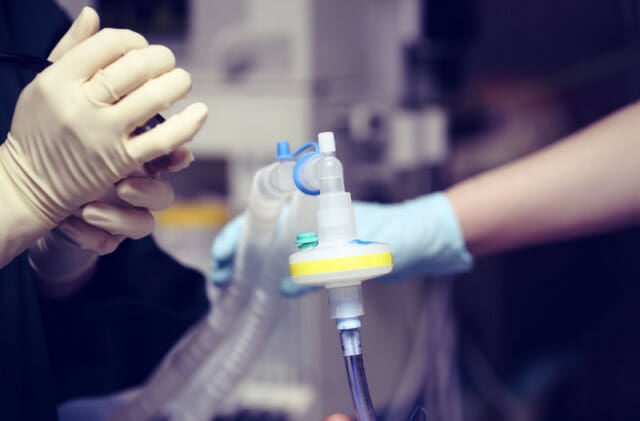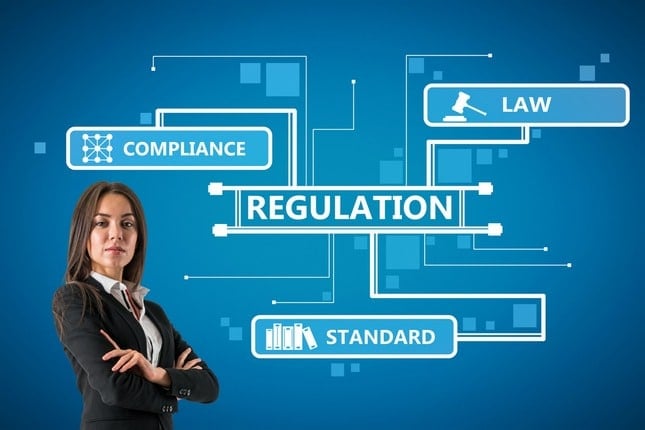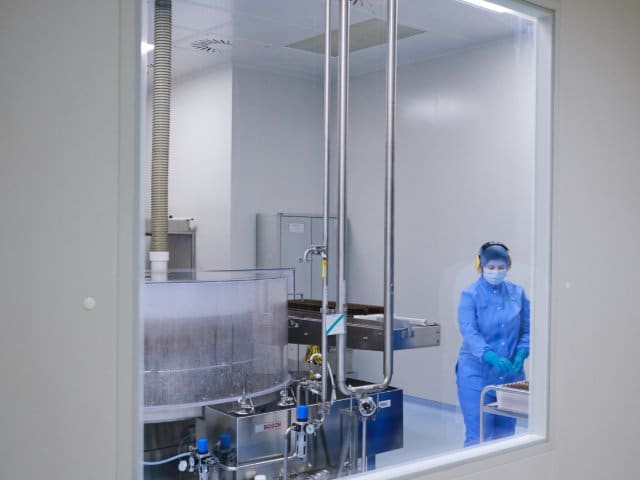Regulatory Authorities Veterinary Medicines (Regulatory compliance series)
In our article on global regulatory authorities for human-use medicinal products, we covered a range of regulatory authorities in different countries. In this article, we’ll explore Regulatory Authorities for Veterinary Medicines in different countries. We’ll also list key regulations that apply to veterinary medicine production in those countries.

Is there one global Regulatory Authority for veterinary medicines?
No. Regulatory Authorities for veterinary medicines vary from country to country. While many Regulators refer to PIC/S GMP guidance for veterinary medicines, Regulators may also publish their own (region-specific) regulations and GMP guidance.*
Example: The EU regulations & GMP rules for the manufacture of medicines & other therapeutic goods are published in the Eudralex. The Eudralex includes several volumes that apply to both human-use and veterinary-use medicines, including Volume 4 – Good Manufacturing Practice (GMP) Guidelines for Medicinal Products for Human and Veterinary Use. The Eudralex also provides specific guidance for veterinary-use medicines, e.g., Eudralex Volumes 5, 6 and 7.
*Eudralex GMP and PIC/S GMP guidance publications (and regional GMP guides) are generally aligned but not identical. You’ll need to consider GMP compliance expectations, and differences between countries, relevant to your product’s manufacturing and distribution regions.
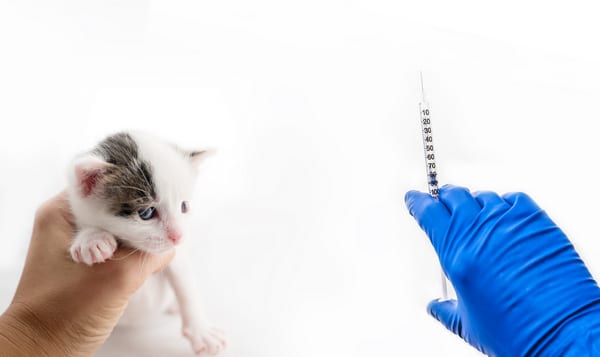
Regulators Veterinary Medicines
Is the Regulatory Authority for Veterinary Medicines the same Regulator that oversees human-use medicines?
This varies from country to country. Regulatory Authorities for veterinary medicine products are typically associated with the Regulatory Authority that oversees human-use medicines in that country (generally operating as a separate yet interlinked department). An example is the US FDA’s Center for Veterinary Medicines (CVM).
However, Regulators for veterinary products sometimes fall under a separate government agency.
- In some countries, the governance of veterinary medicines/chemicals is overseen by the country’s Agricultural and Animal Health division (and/or its Environmental Protection Agency) rather than its Human Health & Safety division.
- This segregation occurs primarily because veterinary medicines and pesticides have an impact on livestock, agricultural outputs, exports/trade, biosecurity risks, and the environment.
- Example: In Australia, it is the Therapeutics Goods Administration (TGA) that regulates human medicines; but it is the APVMA* that regulates veterinary chemicals/veterinary medicines and pesticides.
*The Australian Pesticides and Veterinary Medicines Authority (APVMA).
Even when a country’s Regulatory Authority for veterinary-use medicines is separate from its Regulatory Authority for human-use medicines, there will generally be collaboration and communication between these departments. Example: In Australia, the distinctions and interactions between the TGA and APVMA are defined in a Memo of Understanding (MOU).
Regulatory Authorities overseeing animal-use and human-use medicines are primarily tasked with ensuring adequate supplies of high-quality medicines, i.e., products that meet quality, safety, and efficacy requirements and which are properly labelled.
Regulatory governance including GMP guidance aims to ensure that (a) only approved veterinary products are manufactured, imported and/or exported from that country, and (b) that these products will not result in harm to humans, animals, the environment, and trade relationships with other countries.
Regulatory Authority concerns specific to veterinary products include supply chain protections, prevention of antimicrobial resistance (AMR) related to veterinary medicines or feedstock, and prevention of zoonoses.
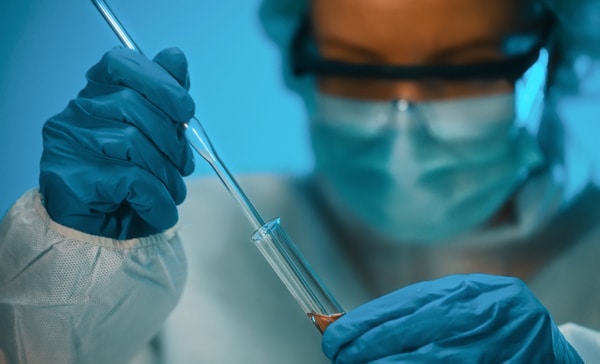
Reminder: There are numerous online GMP training options for organisations involved in veterinary medicine production and distribution, e.g.:
- Compliance with the APVMA Code of GMP for Veterinary Medicines and Pesticides
- PIC/S Annex 4 – Manufacture Of Veterinary Medicinal Products Other Than Immunologicals
- PIC/S Annex 5 – Manufacture Of Immunological Veterinary Medicinal Products
- Good Laboratory Practice (Non-clinical) – GLP
- Preparing for a GMP Inspection/Regulatory Compliance Audit
Regulatory Authorities: Veterinary Medicines (in different countries)
Here’s a partial list of Government agencies that oversee registration/licencing and the manufacture of veterinary medicine products/chemical products in different countries:
- Argentina: Servicio Nacional de Sanidad y Calidad Agroalimentaria (SENASA) – “National Agri-Food Health and Quality Service”
- Australia: Australian Pesticides and Veterinary Medicines Authority (APVMA)
- Brazil: Ministério da Agricultura, Pecuária e Abastecimento (MAPA) – “Ministry of Agriculture and Livestock”
- Canada: Veterinary Drugs Directorate (VDD)
- China: China National Veterinary Drug and Feed Supervision and Management Bureau (NVDF)
- European Union: European Medicines Agency (EMA) – Committee for Medicinal Products for Veterinary Use (CVMP)
- France: Agence nationale du médicament vétérinaire (ANMV) – “The National Veterinary Medicines Agency (ANMV)” within ANSES
- Germany: Bundesamt für Verbraucherschutz und Lebensmittelsicherheit (BVL) – “The Federal Office for Consumer Protection and Food Safety”
- India: Central Drugs Standard Control Organization (CDSCO)
- Japan: Pharmaceuticals and Medical Devices Agency (PMDA)
- Mexico: Comisión Federal para la Protección contra Riesgos Sanitarios (COFEPRIS) -“Federal Committee for Protection from Sanitary Risks”
- New Zealand: Ministry for Primary Industries (MPI), New Zealand Medicines and Medical Devices Safety Authority (Medsafe)
- South Africa: South African Health Products Regulatory Authority (SAHPRA)
- United Kingdom: Veterinary Medicines Directorate (VMD), under the Department for Environment, Food & Rural Affairs.
- United States: Center for Veterinary Medicine (CVM), under the U.S. Food and Drug Administration (US FDA)
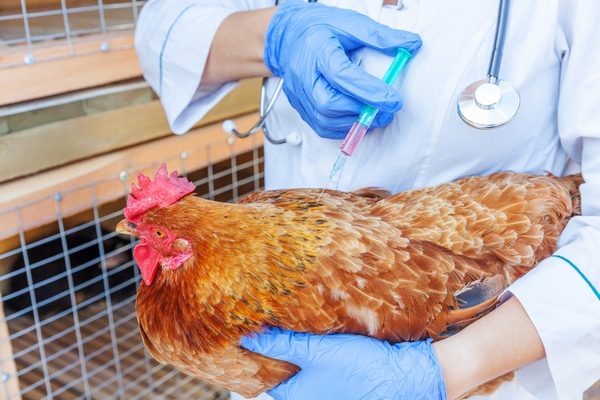
Veterinary Medicine Regulations that apply in different countries/territories
The list below is a partial list of some of the key regulations that apply to veterinary-use chemical products/veterinary medicines (or pesticides) in different countries.
Australia Regulatory Authority: Australian Pesticides and Veterinary Medicines Authority (APVMA)
- Relevant Regulations: Agricultural and Veterinary Chemicals (Administration) Act and Regulations
- Australian GMP Guidelines for Veterinary Medicines: the APVMA’s Code of GMP (Good Manufacturing Practice guidelines)
Brazil Regulatory Authority: Ministério da Agricultura, Pecuária e Abastecimento (MAPA) – Ministry of Agriculture, Livestock and Supply
- Relevant Regulations: Normative Instructions and Resolutions for Veterinary Medicines
- GMP Guidelines: MAPA’s Good Manufacturing Practices (GMP) for veterinary products
Canada Regulatory Authority: Health Canada, Veterinary Drugs Directorate (VDD)
- Relevant Regulations Food and Drugs Act and Regulations specific to veterinary drugs and feedstock, e.g. Canada’s regulatory updates related to the prevention of Antimicrobial resistance (AMR)
- GMP Guidelines: Health Canada’s Good Manufacturing Practices (GMP) for veterinary drugs, along with Good Pharmacovigilance Practices (GVP) Guidance
- Refer also to Canada’s Mutual Recognition Agreement (MRA) based on the Canada-European Union (EU) Comprehensive Economic and Trade Agreement (CETA)
European Union Regulatory Authority: European Medicines Agency (EMA) – Committee for Medicinal Products for Veterinary Use (CVMP)
- Relevant Regulations: The Veterinary Medicinal Products Regulation (Regulation (EU) 2019/6), which replaced Directive 2001/82/EC, and amended Regulation (EC) No 726/2004 and Regulation (EC) No 470/2009
- GMP Guidelines: EU GMP Guidelines for Medicinal Products for Human and Veterinary Use and product-relevant Eudralex Volumes, including including Eudralex Volumes 4 through 7 (described below)
France Regulatory Authority: Agence nationale du médicament vétérinaire (ANMV) – The National Veterinary Medicines Agency (ANMV) – operating under the French Agency for Food, Environmental and Occupational Health & Safety (ANSES)
- Relevant Regulations: Code de la santé publique – “Public Health Code (for veterinary medicines)”
- GMP Guidelines: ANMV’s guidelines on manufacturing and control of veterinary medicines, EU GMP Guidelines
Germany Regulatory Authority: Bundesamt für Verbraucherschutz und Lebensmittelsicherheit (BVL)
- Relevant Regulations: Arzneimittelgesetz (AMG) – Medicinal Products Act (for veterinary medicines); Regulation (EC) No 882/2004 of the European Parliament and of The Council
- GMP Guidelines: German Medicines Agency (BfArM) and Paul-Ehrlich-Institut (PEI) guidelines, EU GMP Guidelines (Eudralex Volume 4 and other volumes applicable to veterinary medicines manufacturing )
India Regulatory Authority: Central Drugs Standard Control Organization (CDSCO)
- Relevant Regulations: Drugs and Cosmetics Act and Rules (for veterinary drugs)
- GMP Guidelines: (new) Schedule M of the Drugs and Cosmetics Act (for GMP), now required for smaller and medium-sized organisations
Japan Regulatory Authority: Veterinary Pharmaceutical Administration under the Animal Products Safety Division (APSD), Food Safety and Consumer Affairs Bureau (FSCAB) operating within the Ministry of Agriculture, Forestry and Fisheries (MAFF)
Note: For Human-use medicines in Japan, refer to the Pharmaceuticals and Medical Devices Agency (PMDA)/Food Safety and Consumer Affairs Bureau.
- Relevant Regulations: Pharmaceutical Affairs Law (PAL) for veterinary drugs; Veterinary Medicinal Products (VMPs), Law for Ensuring the Quality, Efficacy, and Safety of Drugs and Medical Devices (Law No. 145); Control Regulations of Veterinary Medical Products (No. 107, Series of 2004), etc.
- GMP Guidelines: Outline of Regulation System of Veterinary Medicinal Products (VMPs); with GMP needing to be verified every 5 years; refer also to Japan’s GMP guidelines for pharmaceuticals
United Kingdom Regulatory Authority: Veterinary Medicines Directorate (VMD) under the Department of Environment, Food and Rural Affairs ( Defra )
Note: For Human-use medicines in the UK (United Kingdom of Great Britian), refer to the Medicines and Healthcare Products Regulatory Agency (MHRA), considering any UK/EU import/export regulatory changes after Brexit.
- Relevant Regulations: Veterinary Medicines Regulations (VMR)
- GMP Guidelines: EU Good Manufacturing Practice (GMP) guidelines (Eudralex Chapter 4), and related guidance, as applicable
- Note exceptions from the full application of Part II in Volume 4 for ectoparasiticidal active substances for veterinary use, and substances used exclusively for topical application to the unbroken skin of animals and which are ectoparasiticidal, anti-bacterial or anti-fungal agents
- Where a UK site handles both human and veterinary medicines, refer also to guidance from the Medicines and Healthcare Products Regulatory Agency (MHRA)
United States Regulatory Authority: Center for Veterinary Medicine (CVM), part of the U.S. Food and Drug Administration (FDA)
- Relevant Regulations: Federal Food, Drug, and Cosmetic Act (FFDCA)
- GMP Guidelines: FDA’s Current Good Manufacturing Practice (CGMP) regulations for veterinary drugs, including:
- CVM GFI #235 Current Good Manufacturing Practice Requirements for Food for Animals (where relevant)
- CVM GFI #253 Current Good Manufacturing Practice for Animal Cells, Tissues, and Cell- and Tissue-Based Products (where relevant)
- Note: The US FDA’s Center for Veterinary Medicine (CVM) regulates some flea and tick products as animal drugs, while the Environmental Protection Agency (EPA) regulates other products as pesticides. Excerpt from the US FDA:
- If a product is regulated by CVM, its label will typically have a six-digit New Animal Drug Application (NADA) or Abbreviated New Animal Drug Application (ANADA) number and a statement indicating the drug is FDA-approved
- If a product is regulated by EPA, its label will list an EPA Registration Number (EPA Reg. No.).
Thanks for reading.
GMP Industry Services and Training Programs
If you need an expert GMP industry consultant, contact PharmOut Pty Ltd, who offer a wide range of services (including cleanroom design/engineering expertise, validation services, GMP audit services/Regulatory Affairs support and Pharmacovigilance Systems designs) for pharmaceutical manufacturers, veterinary medicine manufacturers, and medical device producers.

Need to understand regulations and GMP guidance for veterinary medicines?
Explore the online GMP training program options and GMP eLearning including PIC/S Annexes 4 and 5, and the Australian Code of GMP published by the APVMA.
In-person and virtual GMP education sessions are also available from the regulatory compliance experts at PharmOut Pty Ltd.
Last updated on December 5th, 2023 at 08:59 am



